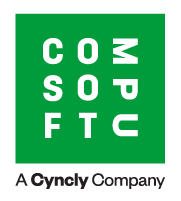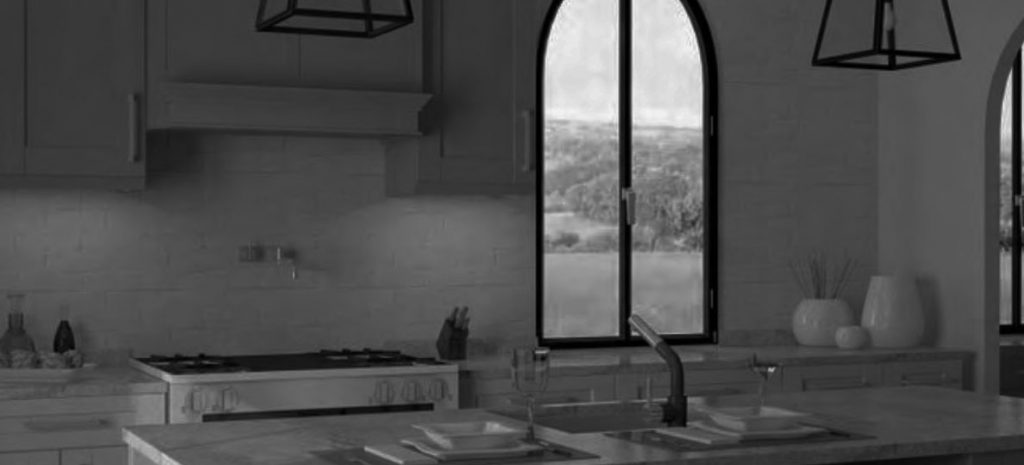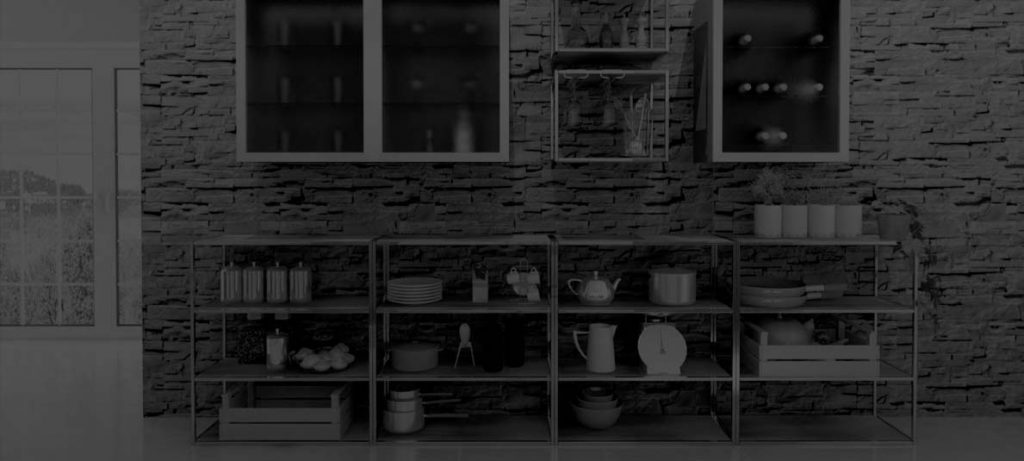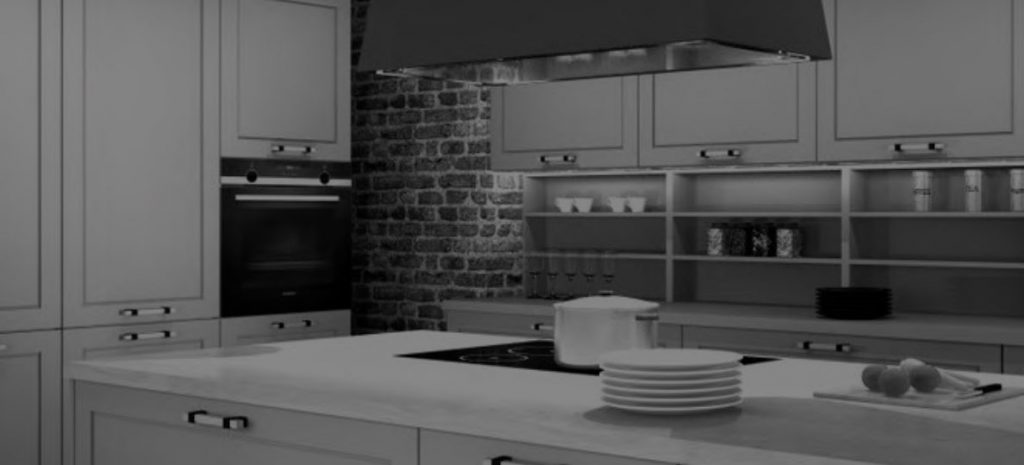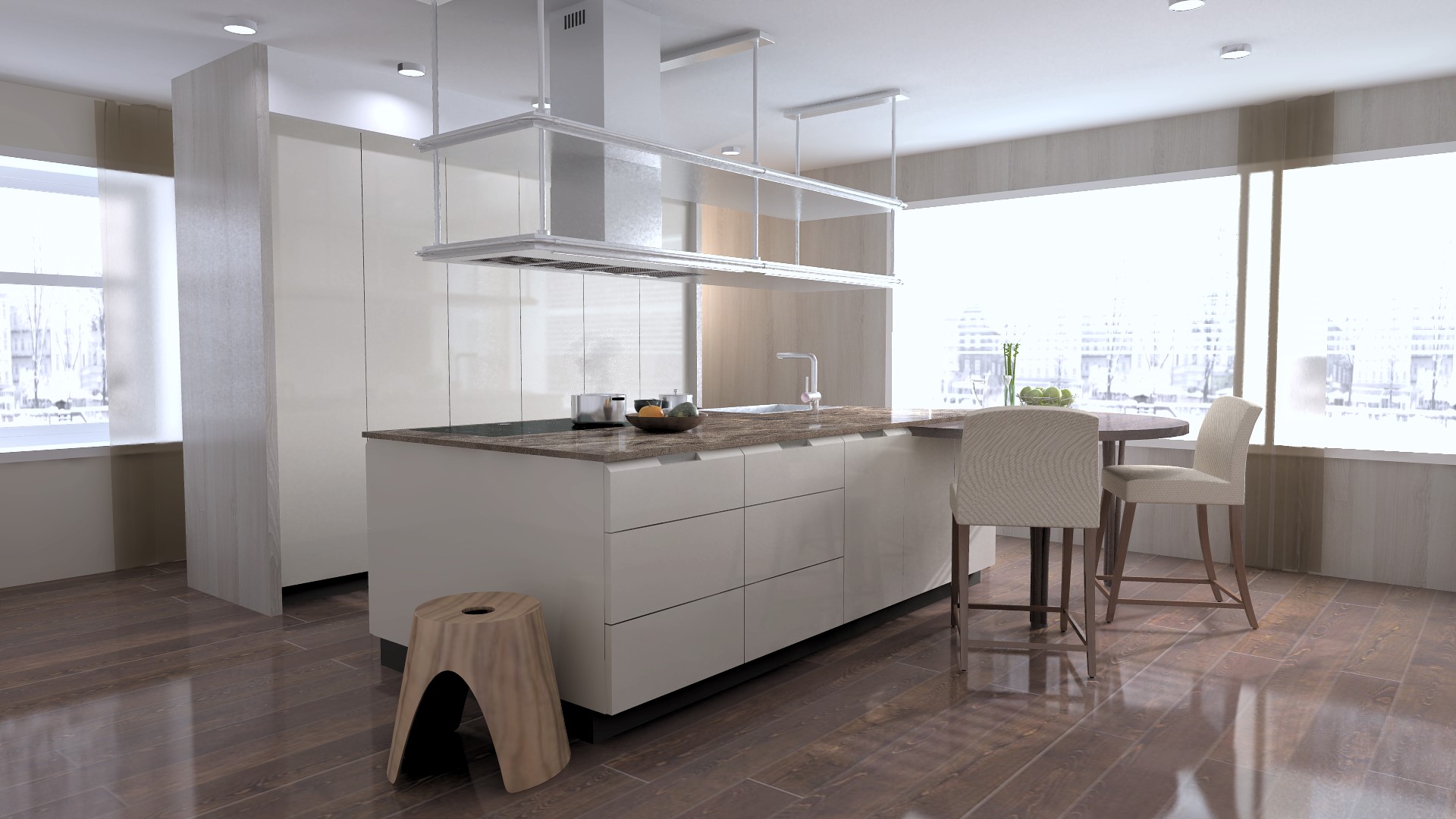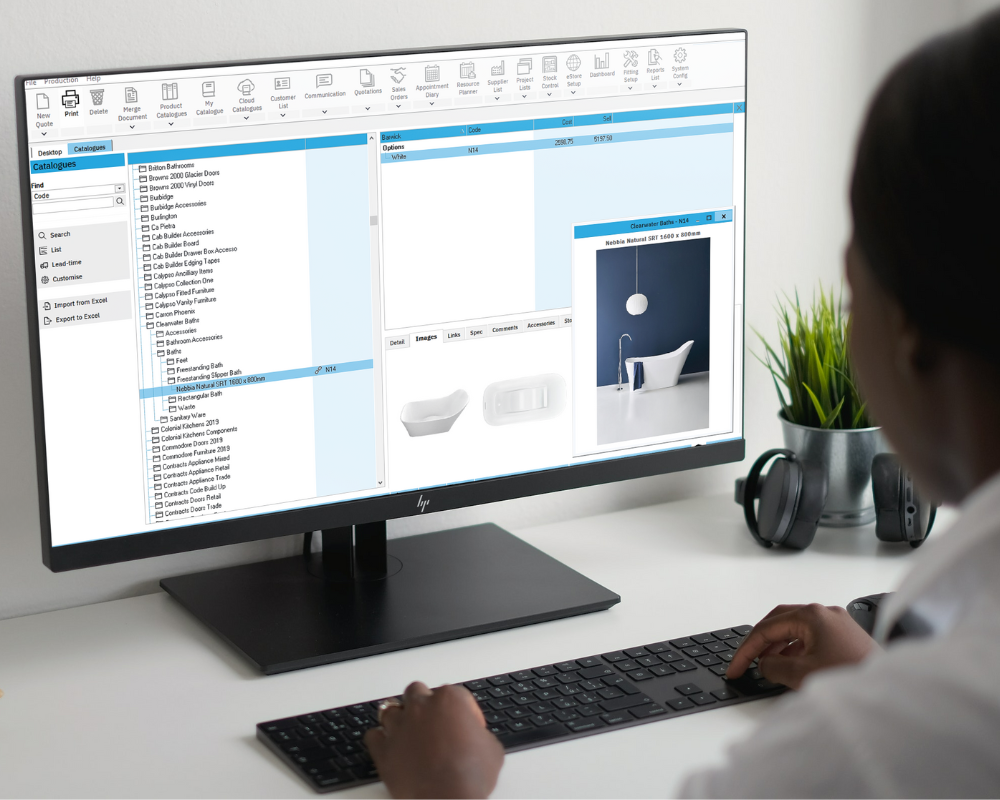Upselling: Ultimate guide to convincing customers to trade up
June 4, 2021
In this blog, we discuss upselling and cross-selling and offer some tips on how you can do this more effectively while offering greater value for the customer.
Upselling and cross-selling can be a really effective way of increasing your average order value and boosting margin, and it’s much more efficient (and often easier) to upsell to an existing customer than it is to get a new customer on board, so this is always worth trying.
However, upselling can be tricky. You have to know where that customer is most likely to be open to spending a bit more, and this will involve getting to know the customer as well as you can.
Find out the drivers
What are the primary drivers behind the purchase? Why is the customer looking for a new kitchen or bathroom?
The answer to this question may reveal something about the level of budget the customer has to spend, without you directly asking. It will also give you a good idea about their areas of interest, and where they might be likely to spend a little extra.
So, it might be the case that during the lockdown, the customer has simply been around more to notice dilapidation or the tiredness of their existing space and that they as a family have had the opportunity to talk about making changes. Perhaps they don’t know exactly what they want and are coming to you for inspiration. In this case, the customer might be open to a broad range of suggestions in terms of products but getting to know them better will help you focus your upsell offering.
Alternatively, someone may enter the showroom with a very clear idea of what they want. Perhaps they can’t wait to entertain in the summer and they have a wish-list of all the appliances and work surfaces they want, plus a Pinterest board full of inspiration and aspirational imagery. In this case, you could suggest ancillary appliances such as a blast chiller, vacuum drawer and/or warming drawer. You could also encourage them to upgrade from a standard single oven to a multifunctional double oven.
Maybe the potential client has outgrown their current kitchen and wants a space that better reflects their changing needs. Perhaps they’re now working from home and need some workspace away from the main kitchen. For a customer in this situation, you might ask them to consider completely rearranging their kitchen or adding an extension to it to better accommodate them.
Whatever the scenario, asking this question early on and determining the drivers and motivations will allow you to properly position your offering and upsell products that are going to be most relevant. By asking lots of questions and demonstrating an understanding of the customer’s needs they will be more likely to trust you and buy into whatever it is you are attempting to sell.
Bundle relevant products together
Bundling products together into a desirable package should make it easier to upsell/cross-sell and you probably already display them together in your showroom. For example, you could bundle furniture with drawer inserts and organisers, or if a customer is looking for a breakfast kitchen set up, you could consider selling the small appliances that would go with this. Many small appliances such as toasters/kettles are not really worth selling as they can be found so cheaply online but some, such as premium coffee machines and food preparation machines offer a bit more margin. Plus, you can offer greater value than online competitors by demonstrating how these products work.
Bundling large appliances might be a more enticing proposition for both yourself as a retailer and for the customer, who might not be able to get those appliances so easily online. And of course, those appliances will have to be properly installed. You could bundle appliances by function, so a ‘cook bundle’, like the one pictured by Smeg, could include a multifunctional oven as the central item, with a warming drawer, blast chiller and vacuum drawer. You could also consider tiering bundles into different price categories to make sure there’s plenty of choice for a variety of budgets.
Demonstrate cost vs value
When attempting to encourage a customer to trade up, you must be able to demonstrate the extra value that the client will receive from doing so. You have to demonstrate the benefits clearly and concisely – whether that be better quality; more features; a promise of greater longevity or simply more desirable from an aesthetic perspective.
Manufacturers often have very good sales materials for you to use and these can often be found within your CAD catalogue database, with either the PDF brochure or links to the products on the supplier website available direct from their product listing.
Cross-selling or selling add-ons can be equally tricky. You have to convince the customer that they won’t be able to live without that thing they never knew they needed. Add-ons might include drawer inserts/organisers, a hot water tap (generally an easy sell and a must-have these days), accessories, tiles and small appliances.
It’s likely that you’ll use many of these items to dress your displays but it’s worth also considering selling these extras as you’ll be more likely to entice passers-by who are looking for additions to their current kitchen. With stellar customer service, customers who buy these smaller items may well come back to you if they ever are in the market for a kitchen or bathroom down the line.
So how can a decent CAD package help you upsell/cross-sell?
When creating a CAD design for a customer you’re selling a dream – a fantasy that can become reality. You’re asking that customer to invest in this dream and to allow you to bring it to life.
With a fast, accurate and intuitive CAD package you can quickly swap and change products and show your customer why one product might be better than another, with the cost implications automatically shown. You can involve them in the process and talk them through the options in a way that doesn’t detract from the customer experience, with an easily searchable and comprehensive product catalogue.
Some CAD systems, such as Winner Flex, will even have a Sales Assistant feature that shows you all the related upsell products relevant to your design. For example, cutlery trays, anti-slip mats, adjustable shelving and cabinet lighting can all be shown for the cabinets you choose and make upselling easier.
Product Navigator
In addition, Compusoft’s Product Navigator allows you to easily search appliances based on customer needs, such as product type, features, dimensions or energy rating and compare similar items side-by-side. You can compare multiple product attributes at the same time in one clear comparison table from various manufacturers and models, assisting the customer to make the decision on their kitchen appliances.
Product Navigator is packed with useful information – product images, videos and links to more product details, giving your sales team the details they need to upsell appliances to showroom visitors.
Import the chosen appliances directly into your plans in Winner Design. Add them to your design drawing, product lists and quotes in just a few clicks, saving you time and ensuring accuracy.
